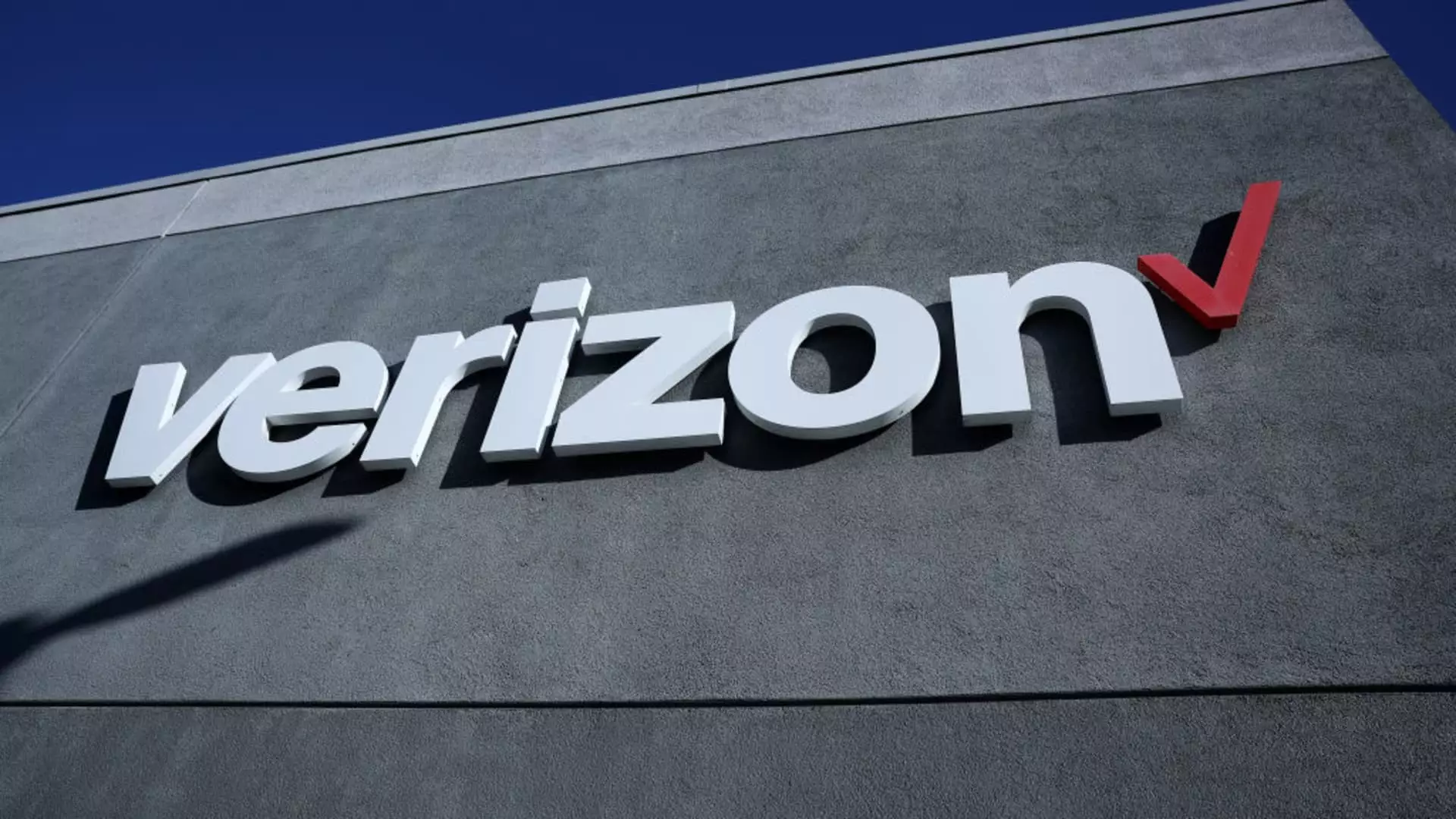In a market marked by relentless volatility and superficial optimism, many investors cling to the hope that dividend-paying stocks can serve as a safeguard against turbulent economic tides. They are seduced into believing that a steady dividend yield guarantees security and consistent income, but the harsh reality is far more complex and often disappointing. Wall Street, ever eager to promote certain stocks as “safe bets,” often cherry-picks data or leverages analyst opinions that, when scrutinized critically, reveal a more precarious picture. Blindly following these recommendations can lead investors astray, especially when their primary focus is income preservation rather than genuine company health.
The alluring narrative that stocks like EOG Resources, Williams Companies, or Verizon come with guaranteed dividends is misleading. These firms, praised for their recent earnings or strategic acquisitions, are often portrayed as resilient bastions amid the chaos. However, behind the veneer of stability lies a fragile reliance on sector-specific trends, commodity prices, or regulatory environments that can shift unexpectedly. For instance, the optimistic outlook on EOG’s expansion in the Utica shale glosses over the geopolitical, environmental, and market risks associated with oil and gas exploration. A single downturn in energy prices or a regulatory crackdown could wipe out any accrued gains, rendering the so-called “safe” dividend less reliable than it seems.
The Fallacy of Analyst Confidence and Elevated Risks
Wall Street analysts are often cast as wise sages whose forecasts provide a solid foundation for cautious investment. Yet, a closer examination reveals a bias rooted in conventional wisdom, institutional pressures, or optimistic outlooks that do not always account for the full spectrum of risks. Even highly rated analysts like Gabriele Sorbara or Elvira Scotto, who boast impressive track records, are not infallible. Their enthusiasm for stocks like EOG or Williams might be driven by sector momentum or short-term earnings projections, rather than an in-depth understanding of future macroeconomic shifts or sectoral headwinds.
Lured by a promising dividend yield—say, 3.4% for EOG or 6.3% for Verizon—investors might be tempted to ignore warning signs such as rising debt levels, lower-than-expected earnings, or external shocks. For example, Scotto’s optimism about Williams Companies capitalizing on natural gas demand assumes a stable, growing market—an assumption that battles with the reality of fluctuating commodity prices, environmental policies, and evolving energy consumption patterns. Relying heavily on analyst price targets or ratings devoid of comprehensive risk analysis is a recipe for disillusionment.
Furthermore, analysts’ ratings are often based on current or short-term conditions, not long-term sustainability. They tend to overlook or underestimate potential disruptions—be it technological shifts, regulatory upheavals, or geopolitical tensions—that threaten dividend stability. This selective optimism can foster a false sense of confidence among investors, leaving them exposed to sudden downturns that could erode their income streams and capital.
The Mirage of Defensive Positions and the Illusion of Security
It is tempting to believe that certain stocks are inherently “defensive,” especially in sectors like energy, utilities, or telecoms. Yet, labeling a stock as defensive based solely on its dividend policy overlooks the inherent vulnerabilities these companies face. Take Verizon’s recent earnings, which show resilience but also reveal increasing promotional costs and churn rates. Its dividend yield of over 6% may seem attractive, but at what cost? Short-term gains are often paid for by creeping operational challenges, high competition, or costly promotional strategies that could threaten payout sustainability.
Similarly, Williams Companies’ long-term growth prospects hinge on pipeline projects and natural gas demand—factors susceptible to regulatory delays, political opposition, or shifts in energy policy. The assumption that a solid backlog guarantees future growth is overly simplistic; unforeseen delays or cancellations can abruptly diminish expected cash flows.
Investors must confront the uncomfortable truth that “defensive” stocks are not immune to the vagaries of the market. A company’s dividend yield might mask underlying weaknesses—rising debt, declining revenues, or sector-specific headwinds—that could jeopardize the very income stream it promises to deliver. Relying solely on analyst forecasts or recent performance can lull investors into a false sense of security, exposing them to substantial risks that could decimate their returns.
A Call for Critical Thinking and Genuine Vigilance
In the end, the key to navigating dividend stocks lies in skepticism, not blind faith. Investors must scrutinize the fundamentals beyond what Wall Street pushes through its hype machine. They need to ask probing questions: Is the company’s payout sustainable given its cash flow and debt burden? How vulnerable is the business to regulatory, environmental, or macroeconomic changes? What is the true quality of their growth stories, and are the risks thoroughly discounted?
A mature investor recognizes that market “advisors” and analyst ratings are merely pieces of a broader puzzle—one that demands diligent research, risk assessment, and a willingness to accept that no stock is entirely risk-free. The illusion of safety in dividend stocks is just that—a mirage crafted by optimism and selective optimism. True stability comes not from adhering to so-called “safe” investments but from understanding their fragility and preparing for when the winds of change inevitably blow.
Relying on Wall Street’s cheerleading is a gamble, especially when the principles of center-wing liberalism—skepticism, moderation, and responsibility—are ignored in favor of short-term gains. The real wealth lies in thoughtful, cautious investing that prioritizes transparency and resilience over superficial reassurance.


Leave a Reply